Description of a Diathermy Machine
1. Purpose and Functionality:
- Thermal Therapy: The primary purpose of diathermy is to provide deep tissue heating. It enhances blood flow, reduces inflammation, and alleviates pain by increasing tissue temperature.
- Types of Diathermy:
- Shortwave Diathermy (SWD): Uses high-frequency electromagnetic waves to generate heat in tissues.
- Microwave Diathermy: Employs microwave radiation to achieve similar therapeutic effects.
- Ultrasound: Often considered a form of diathermy, using high-frequency sound waves to produce localized heat.
2. Components of a Diathermy Machine:
- Control Unit: The main interface, allowing the therapist to adjust settings such as intensity, treatment duration, and type of current.
- Electrodes: Usually metal plates or insulated pads that are placed directly on the skin or close to the area being treated. These may vary based on the type of diathermy.
- Applicators: Depending on the type, diathermy machines may come with various applicators to deliver heat effectively to targeted areas.
- Cooling Mechanism: Some machines are equipped with cooling components to prevent overheating of the machine itself or the treated area.
3. Treatment Process:
- Preparation: The therapist prepares the treatment area, usually positioning the patient comfortably and applying a conductive medium (like gel or moist towels) if required.
- Application: The diathermy unit is activated, and the electrodes or applicators are placed on or near the treatment area. The duration and intensity are adjusted according to the patient’s needs.
- Monitoring: The therapist monitors the patient’s comfort level and adherence to safety guidelines throughout the treatment session.
4. Uses and Applications:
- Muscle Strains and Sprains: Helps relieve pain and accelerate healing.
- Arthritis: Reduces stiffness and improves mobility in affected joints.
- Chronic Pain Conditions: Alleviates discomfort from conditions such as fibromyalgia or lower back pain.
- Post-Surgical Recovery: Can aid in enhancing blood flow and healing in surgical sites.
5. Benefits:
- Pain Relief: Provides effective pain management for a variety of musculoskeletal conditions.
- Increased Blood Flow: Enhances circulation, which aids the healing process.
- Muscle Relaxation: Reduces muscle tightness and improves flexibility.
- Non-Invasive Treatment: Diathermy is a non-invasive and generally well-tolerated treatment option.
6. Safety Considerations:
- Contraindications: Diathermy should not be used on patients with certain conditions, such as those who have implants (like pacemakers), pregnant women in the abdominal region, or individuals with active infections.
- Therapist Training: Proper training is essential for therapists to ensure safe and effective use of the machine.


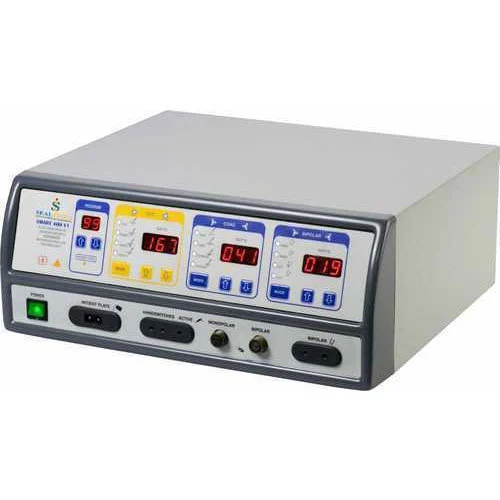
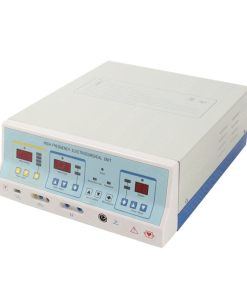
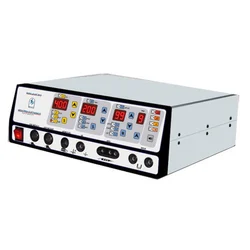
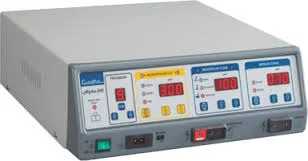

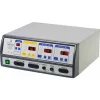
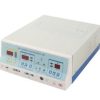
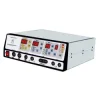
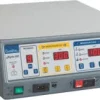

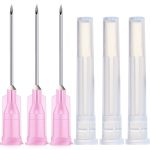
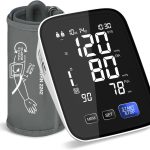

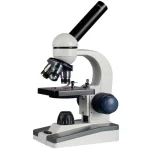
Reviews
There are no reviews yet.